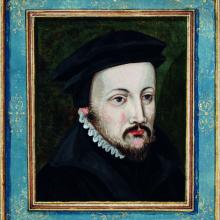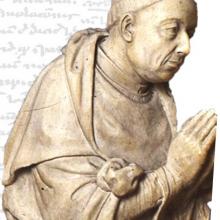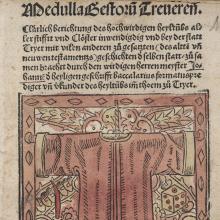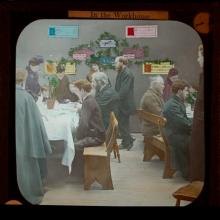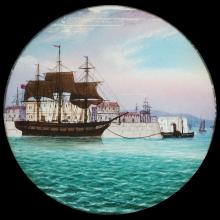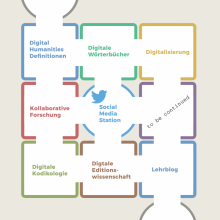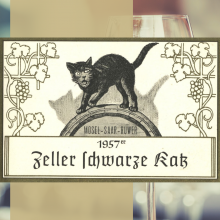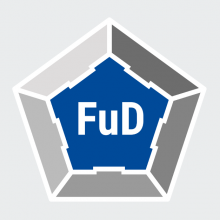Cultural Heritage Studies
Safeguarding and Exploring Cultural Heritage
Our focus is on the comprehensive development and permanent protection of text and object-based artifacts and collections. With our years of expertise in the collection and processing of cultural goods, based on international standards, we lay the foundation for their sustainable protection, documentation and research. The research projects show the breadth of the Digital Humanities we carried out in cooperation with colleagues from different disciplines, such as media and history.
In the cooperation projects Media-Historical, Methodological and Media-Technical Basics of the Digitization of Works of Historical Art of Projection as well as Performative Configurations of Projection Art in Popular Knowledge Transfer, we lay the essential foundations for the development of multimedia image objects and support our media science colleagues in the scientific research of a mass media art form of the 19th century, which has nearly been forgotten today: the art of projection (also called "Laterna magica"). Glass pictures, most of them in private collections, are presented in their entire materiality as well as their coordination with music, text and song. Their systematic indexing and presentation in an online portal unites the different media for the first time and allows a comprehensive insight into a cultural technique that is considered the forerunner of modern cinema.
The Caspar Olevian portal was created on the occasion of the Reformation year 2017 and focuses on the Trier-born reformer Olevian (1536-1587). In cooperation with the Scientific Library of the City of Trier, the University of Trier, the Wissenschaftsallianz Trier eV, the Caspar Olevian Society and the Evangelical Church District Trier, an exhibition was designed that could be seen from April 7 to July 4 2017 in the foyer of the Scientific Library in the city of Trier. Parallel to this exhibition, the Caspar Olevian portal was created under the leadership of the Trier Center for Digital Humanities (TCDH) in cooperation with students of the Master of Science degree program Digital Humanities at the University of Trier. This project provides information about the Trier reformer. The interdisciplinary project team examined the person of Olevian and his work from different perspectives. The portal was created using the possibilities of a modern website and, thus, became an aesthetic experience as well as a place for imparting knowledge.
At the center of the portal is the virtual exhibition with objects, writings and documents that bear witness to Olevian's life and work. This panopticon combines the functions of exhibiting, collecting and informing, so it is both a museum and an archive. Here, visitors can approach the Reformer via a picture gallery or immerse themselves in a detailed view of individual objects by integrating the OpenSeadragon picture viewer. You can browse through the catalog of the virtual exhibition and read about the exhibits in more detail or immerse yourself in the reading of fully digitized source works as well as research in a comprehensive research bibliography.
In cooperation with the Scientific Library of the City of Trier, the Library of the Rheinisches Landesmuseum Trier in connection with the Society for Useful Research to Trier as well as the Department of Older German Philology of the University of Trier and Prof Dr Wolfgang Schmid (History Department, University of Trier), the TCDH implemented the project "Digital Edition and Cataloging of the Medulla Gestorum Treverensium by Johann Enen (1514)“, which is dedicated to a script published in the aftermath of the holy rock pilgrimage in the Trier Cathedral and the Reichstag, which was held in Trier once in 1512. It not only contains a list of the most important churches, monasteries and relics in Trier, the author also included the founding legend of the Moselle city and the chronicle of the Archdiocese of Trier. The 134-page “Medulla” is one of the first city histories of Trier to appear in print and is an outstanding source for historical research on the state, diocese and piety. As part of the project, in addition to the “Medulla”, the text “Ein warhaftiger tractat, wie man das hochwirdig heiligthum verkündt und geweist in der hl. stadt Trier im thum [...]” from 1513 was edited. Through the joint development of both prints, the possibilities for semantic networking are to be tested. The project is planned as the first module of a digital portal of the Rhenish "Heiltumsdrucke", which is intended to bring this special type of text and, thus, the perspective of the Rhenish pilgrimage landscape of the late Middle Ages into the focus of an interdisciplinary indexing.


